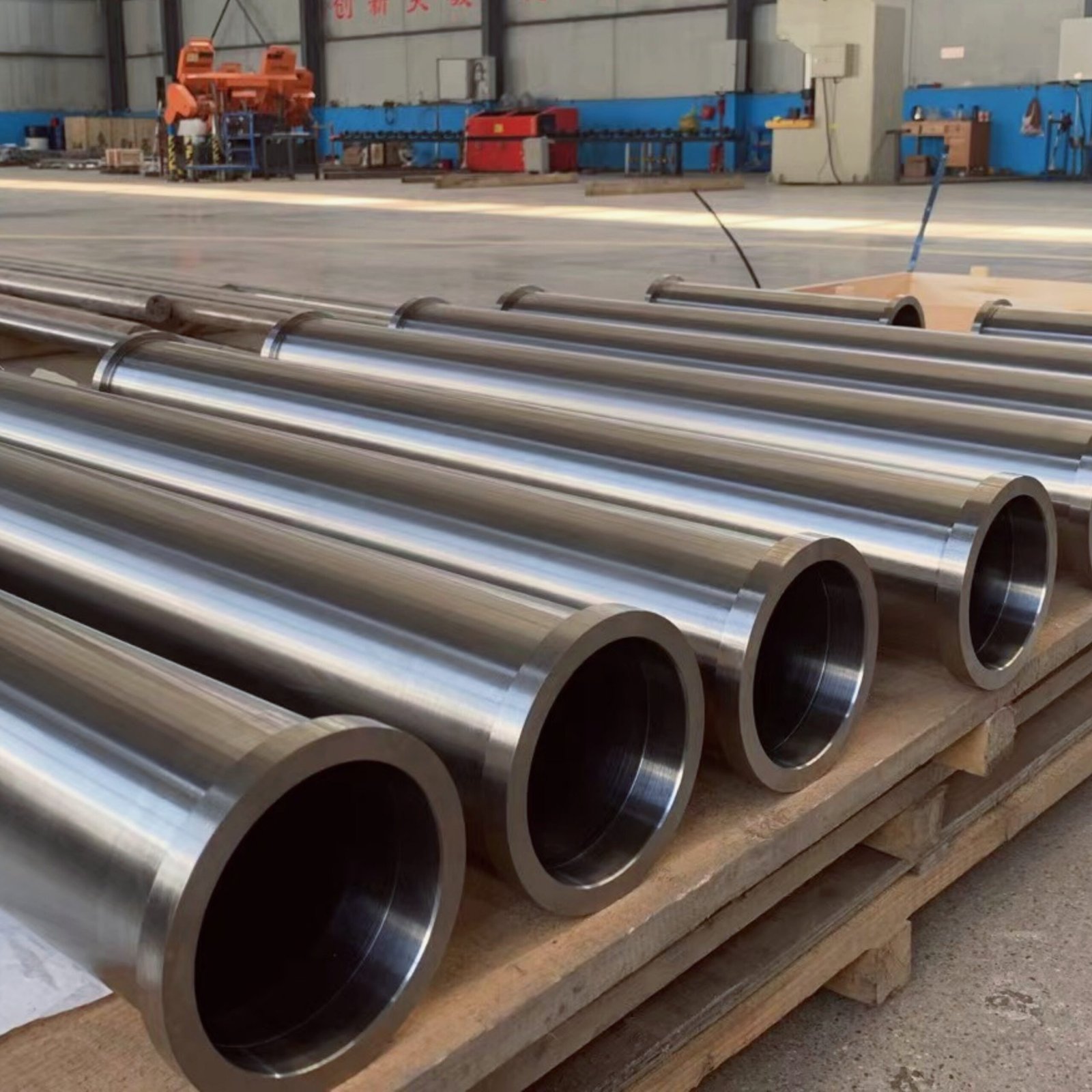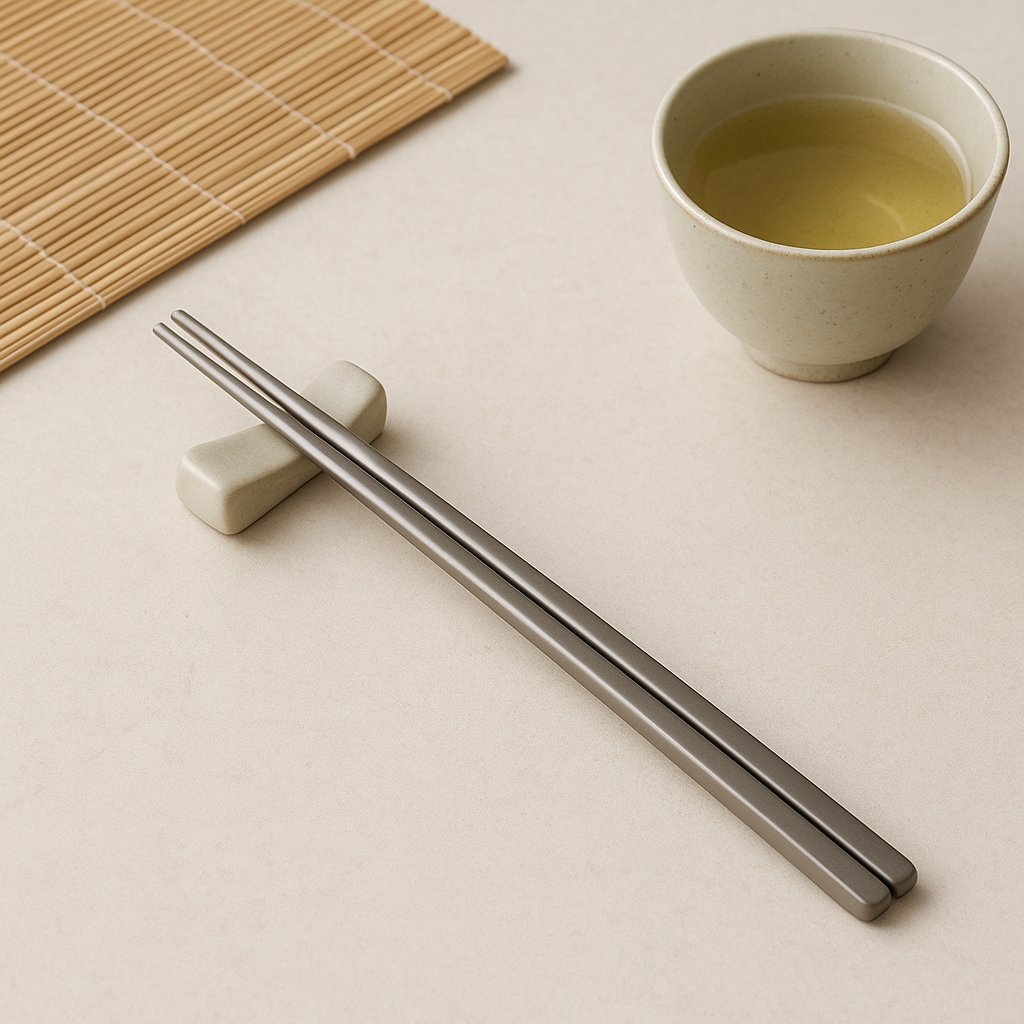Titanium alloys were once linked mainly to aerospace and medical fields.Now, they are entering the world of art and design.Sculptors and urban planners see titanium as durable and modern, offering both strength and striking aesthetics. From monumental public sculptures to subtle architectural integrations, titanium alloys are redefining the possibilities of contemporary public art.
Unique Aesthetic Qualities of Titanium Alloys
- Surface finish and colors: Titanium naturally reflects a silvery metallic sheen, while anodization or oxidation processes allow artists to create a wide range of vibrant colors without using paint or coatings. This makes each sculpture visually distinctive.
- Light interaction: The reflective nature of titanium enhances the play of light and shadow, especially in outdoor environments. Depending on the time of day and weather, the same artwork can appear dynamic and ever-changing.
- Modern identity: Titanium’s futuristic appeal resonates with contemporary urban aesthetics. Its sleek, high-tech look aligns perfectly with modern architectural spaces and public installations.
Durability and Environmental Adaptability
- Corrosion resistance: Titanium withstands harsh weather conditions, from salty sea air in coastal cities to acid rain in industrial regions, ensuring artworks remain intact for decades.
- Longevity: Unlike steel or bronze, titanium does not tarnish easily. Sculptures maintain their visual and structural integrity for long-term public enjoyment.
- Low maintenance: Public artworks often face high upkeep costs, but titanium requires minimal cleaning or repairs, reducing maintenance budgets for cities and cultural institutions.
Case Studies in Sculpture and Public Art
- Urban landmarks: Large-scale titanium sculptures in metropolitan centers demonstrate how the material enhances visibility and creates a strong cultural presence.
- Cultural spaces: Museums and universities have installed titanium-based public artworks that blend art with innovation, symbolizing progress and creativity.
- Integration with architecture: Titanium sculptures often merge seamlessly with building facades, plazas, and bridges, adding artistic value to functional spaces.
Future Potential
- Advanced processing: Modern techniques like laser cutting and 3D printing allow artists to explore complex titanium designs that were once impossible.
- Sustainable art: With its long life cycle and recyclability, titanium aligns with the growing movement toward eco-friendly and sustainable public art.
- Cross-disciplinary design: Titanium’s adaptability makes it ideal for collaborations between architects, engineers, and artists, leading to groundbreaking artistic expressions.
Conclusion
Titanium alloys have redefined the aesthetics and durability of modern sculpture and public art. Their unique mix of beauty, resilience, and futuristic appeal makes them stand out.They are set to play a bigger role in shaping the cultural and visual landscapes of cities worldwide.



